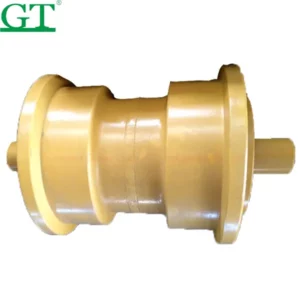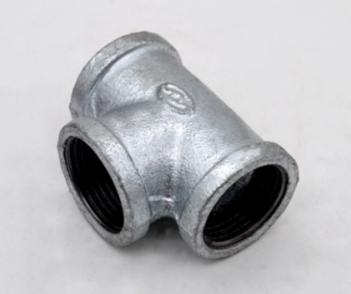How do you diagnose and troubleshoot common issues with a track roller?
Diagnosing and troubleshooting common issues with track rollers on heavy equipment is essential for ensuring smooth operation, preventing premature wear, and minimizing downtime.
Here are some steps to diagnose and troubleshoot common track roller issues:
- Inspect for Wear: Start by visually inspecting the track rollers for signs of wear, damage, or misalignment. Look for worn tread patterns, flat spots, cracks, or missing components. Check for excessive play or movement in the roller bearings, which can indicate wear or damage.
- Check Track Tension: Improper track tension can cause excessive wear on track rollers. Ensure that the tracks are properly tensioned according to the manufacturer’s specifications. Over-tensioning can increase roller wear and reduce track life, while under-tensioning can lead to track derailment and premature roller failure.
- Inspect Lubrication: Insufficient lubrication can cause premature wear and damage to track rollers. Check the lubrication system to ensure that the rollers are adequately lubricated. Look for signs of grease buildup or contamination, which can indicate issues with the lubrication system.
- Check for Contaminants: Dirt, debris, and other contaminants can accumulate around the track rollers, causing increased friction and wear. Thoroughly clean the track rollers and surrounding components to remove any debris or buildup. Inspect the seals and gaskets for damage or leaks that may allow contaminants to enter the roller bearings.
- Inspect Bearing Condition: Examine the condition of the roller bearings for signs of wear, china track roller suppliers corrosion, or damage. Rotate the rollers by hand to check for smooth operation and abnormal noise. If there is excessive play or grinding noise, the bearings may need to be replaced.
- Inspect Mounting Hardware: Check the mounting bolts, brackets, and hardware securing the track rollers to the undercarriage. Loose or damaged hardware can cause misalignment, vibration, and premature wear on the rollers. Tighten or replace any loose or damaged hardware as needed.
- Check Track Alignment: Misaligned tracks can cause uneven wear and premature failure of track rollers. Measure the alignment of the tracks using a track alignment tool or laser alignment system. Adjust the track tension and track alignment as necessary to ensure proper alignment and minimize roller wear.
- Monitor Operating Conditions: Pay attention to operating conditions such as speed, load, and terrain when diagnosing track roller issues. Excessive speed or heavy loads can increase wear and stress on the rollers, while rough terrain or abrasive materials can accelerate wear and damage.
- Perform Regular Maintenance: Implement a regular maintenance schedule for inspecting and servicing track rollers and undercarriage components. This includes cleaning, lubricating, and adjusting the rollers as needed to maintain optimal performance and extend component life.
- Consult Manufacturer’s Guidelines: Refer to the manufacturer’s maintenance and troubleshooting guidelines for specific recommendations and procedures for diagnosing and addressing track roller issues. Follow recommended maintenance intervals and procedures to ensure safe and reliable operation of the equipment.
By following these steps and conducting regular inspections and maintenance, operators can diagnose and troubleshoot common track roller issues, prevent premature wear and failure, and maximize the lifespan and performance of heavy equipment undercarriages.



